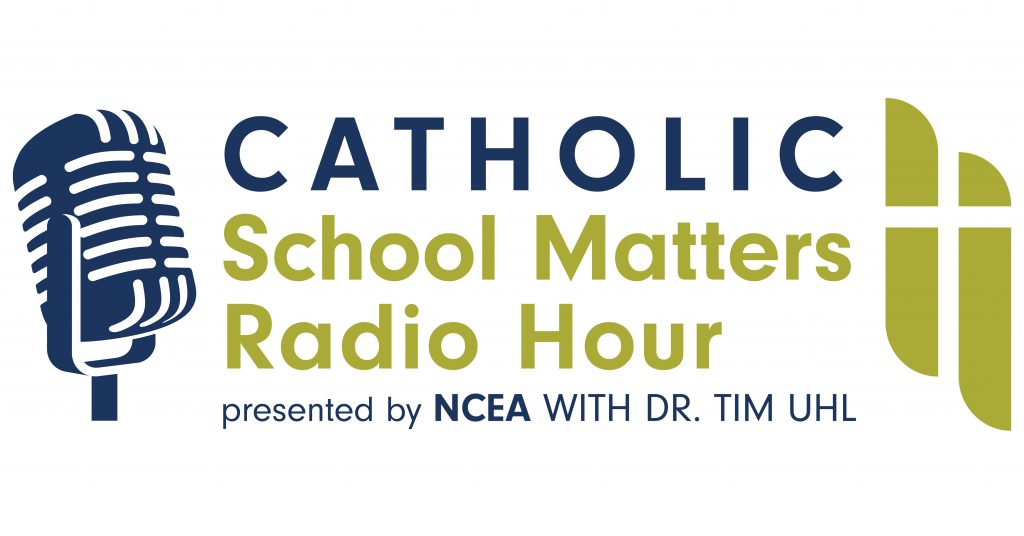
As schools begin to get a handle on this year’s budget realities, they must begin planning for next year. It occurs to me that many of our schools are being led by educationally-trained leaders who need help understanding the function of their finance offices, their role as supervisor, and the role of their Finance Councils. In addition, some finance officers don’t necessarily understand the best practices of schools and members of the Finance Councils don’t understand their roles. It’s a simple but elusive question—what are the best financial practices of effective Catholic schools?
So I set out to explore this idea with the National Standards and Benchmarks Guru, Tom Kiely of Marquette University. We set out to establish the best practices of the three levels of financial operations (finance officers, school leaders, and finance councils) as well as the budgeting process. And then we set out to develop a FAQ of financial questions that swirl around most Catholic schools. We’ve put this together into an article which will be published this year in Momentum.
Then we realized that we should talk about these issues in a podcast so Tom and I are talking about financial best practices this week on the Catholic School Matters podcast.
As a preview of both the article and the podcast, here are the five reports we recommend that every school generate every month:
- Calculated ACE (Actual Cost of Education) based on expenses divided by enrollment. The ACE number will change based on enrollment and expenses.
- Monthly profit and loss reports based on the annual budget.
- Monthly balance sheet.
- Monthly cash flow reports. The school’s performance measured against the projected cash flow should be maintained. By cash flow, we mean that a monthly expense and income forecast should be constructed at the beginning of the fiscal year projecting the income and expenses. Every month, actual income and receipts should be measured against that cash flow projection.
- Monthly income reports including tuition collected and billed as well as fundraising reports.
These reports may seem onerous but are necessary to best operational practices and they need to be generated by the finance office. A high functioning finance office pays attention to the daily tasks, the controls and processes, and the monthly reports necessary for the principal and finance council to carry out their oversight.
Our hope is that this brief blog, the podcast, and the ensuing Momentum article will provide school leaders with resources to improve your understanding and management of your school finances.
Top 5
This week’s newsletter focuses on financial best practices in Catholic schools. First, let me ask that you take a moment to pray for Jeff Behrends and the Kennedy Catholic HS community. A veteran teacher, Jeff passed away last week while teaching at Kennedy Catholic. The shock to students, staff, and alums is almost beyond imaginable. It took me back 10 years when we discovered that one of our teachers, Pat Bouillon, had suddenly passed away. Please consier sending Kennedy’s fine principal, Nancy Bradish, a note: [email protected] or a note to the faculty/students: 140 S. 140th St. Burien WA 98168.
Selecting the top 5 articles was very, very difficult.
- Following the theme of financial best practices in the blog, I present three articles in the American Catholic News section which touch on the same subject: “Twelve Lessons about the Future of Catholic Schools” in the Homiletic & Pastoral Review, “Ten Essentials for Sustaining Catholic Education” from the Healey Education Foundation, and “The Era of the Parochial School is Over” from America magazine. These articles provide further context for the discussion about the need for better financial practices in our Catholic schools.
- In the Teaching & Learning section, the first link is to MSU’s extension magazine. On page 10, there’s a great article about the efforts to establish a STEM program at one of our reservation schools, Pretty Eagle. Their fantastic teacher, Jack Joyce, and principal Garla Williamson are featured—as well as their incredible folding bridge project.
- The second link is a blog post from Z-Winning Mindset entitled “The Big 6 Mindset Red Flags for Schools” and serves as a reminder of the warning signs for a flagging school culture.
- In the Miscellany section, this great article from Reader’s Digest describes the efforts to eradicate anti-Semitism from Billings in the early 1990s. There’s a great little piece on the role that Billings Central Catholic HS played about half way through. Most of us don’t see anti-Semitism as part of our world or even our role in eradicating this prejudice. This article provides an example for all Catholic schools to follow.
- The second article in that section is a great story of a hearing-impaired student at Loyola Sacred Heart High School (Missoula) who has found a home at the Catholic school.
Have a great week! After 10 straight weeks of newsletters, I’ll be taking next week off.
Podcast
This week on the Catholic School Matters podcast, I have a long-form conversation with Tom Kiely of Marquette University about financial best practices in our Catholic schools. We discuss the need for understanding the roles and functions of the finance office, the role of the school leader, and the function of the Finance Council as well as the need to develop good reports to feed the budgeting process.